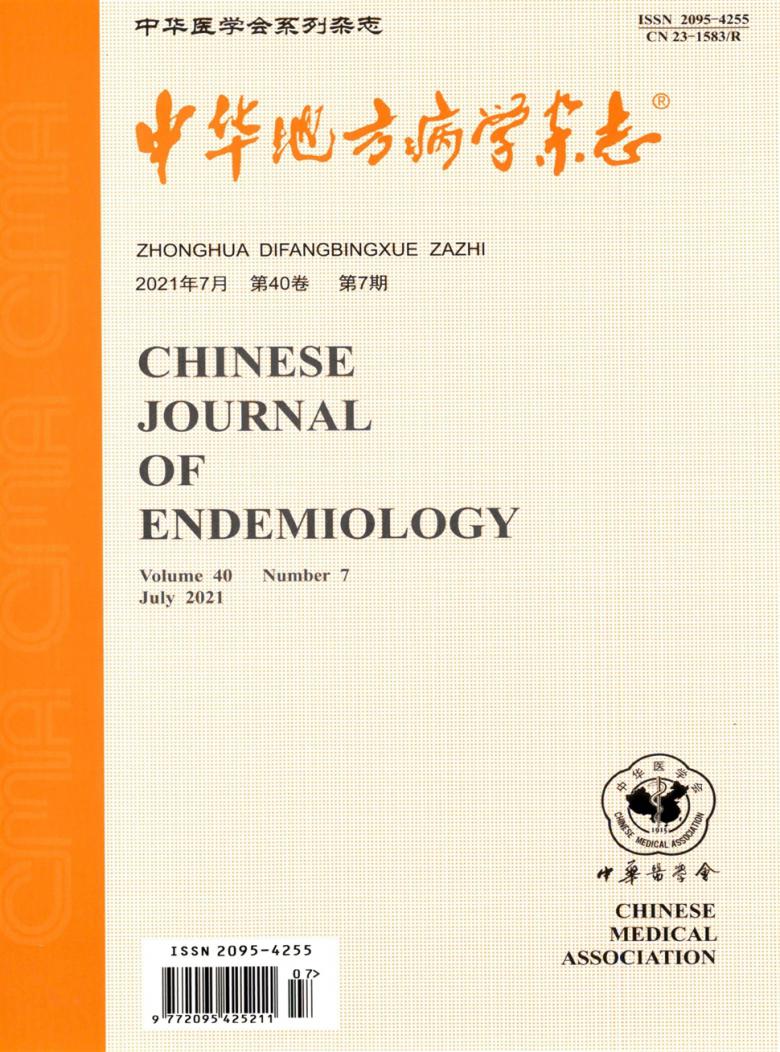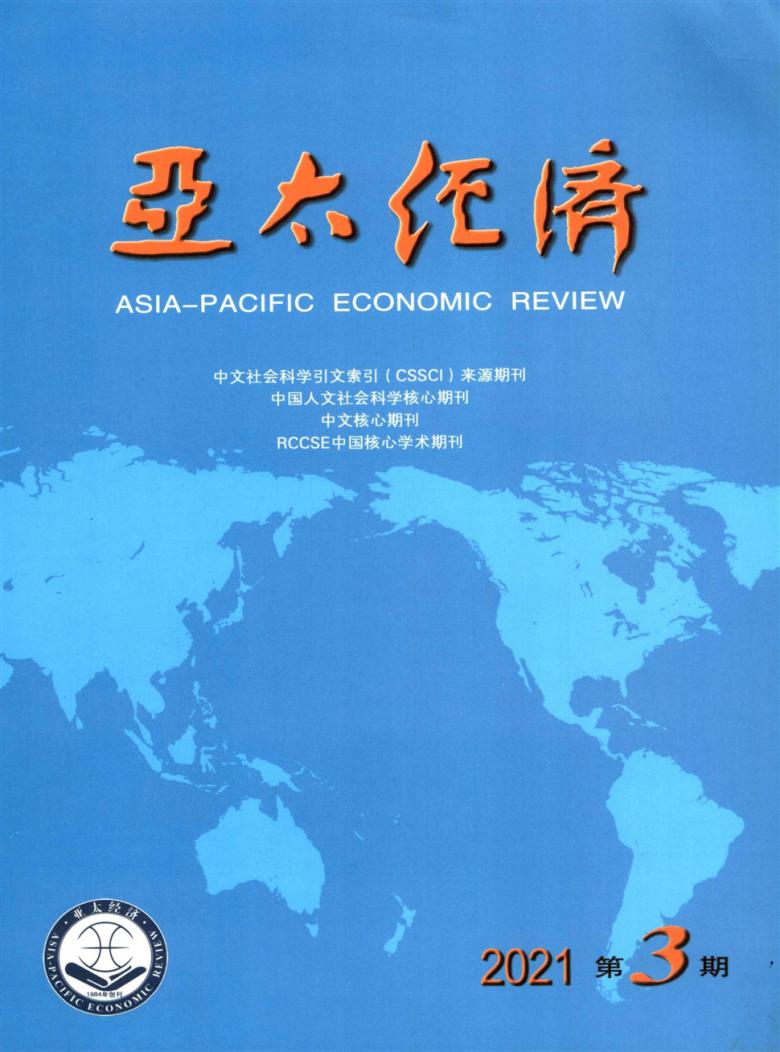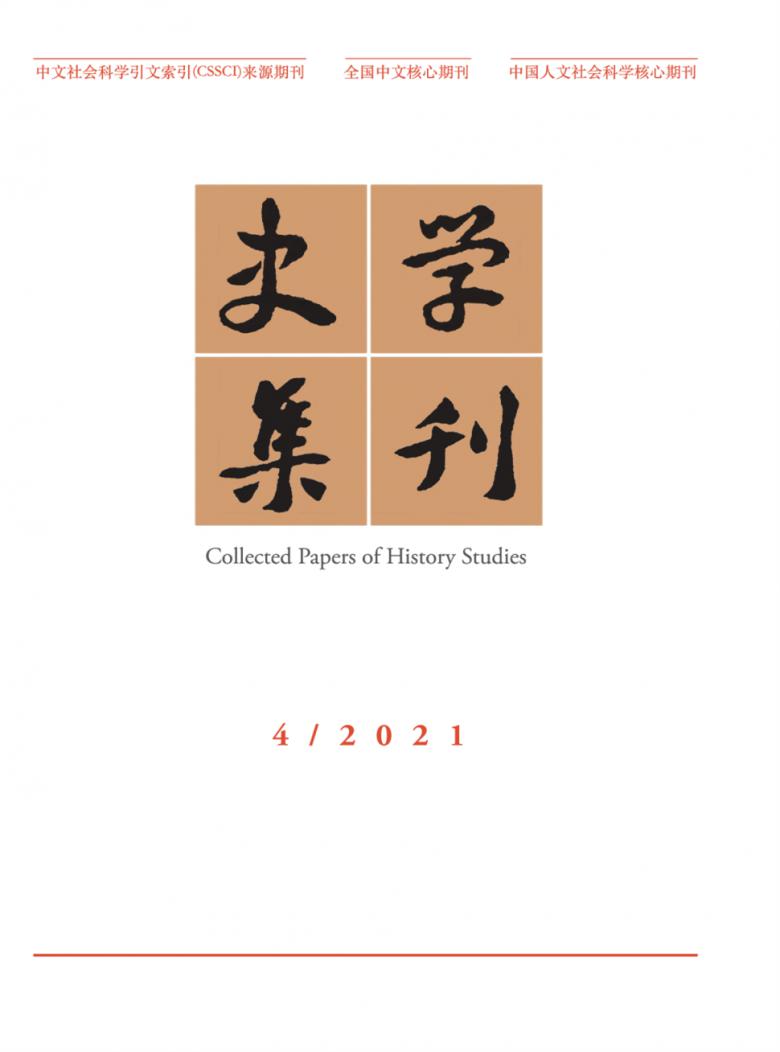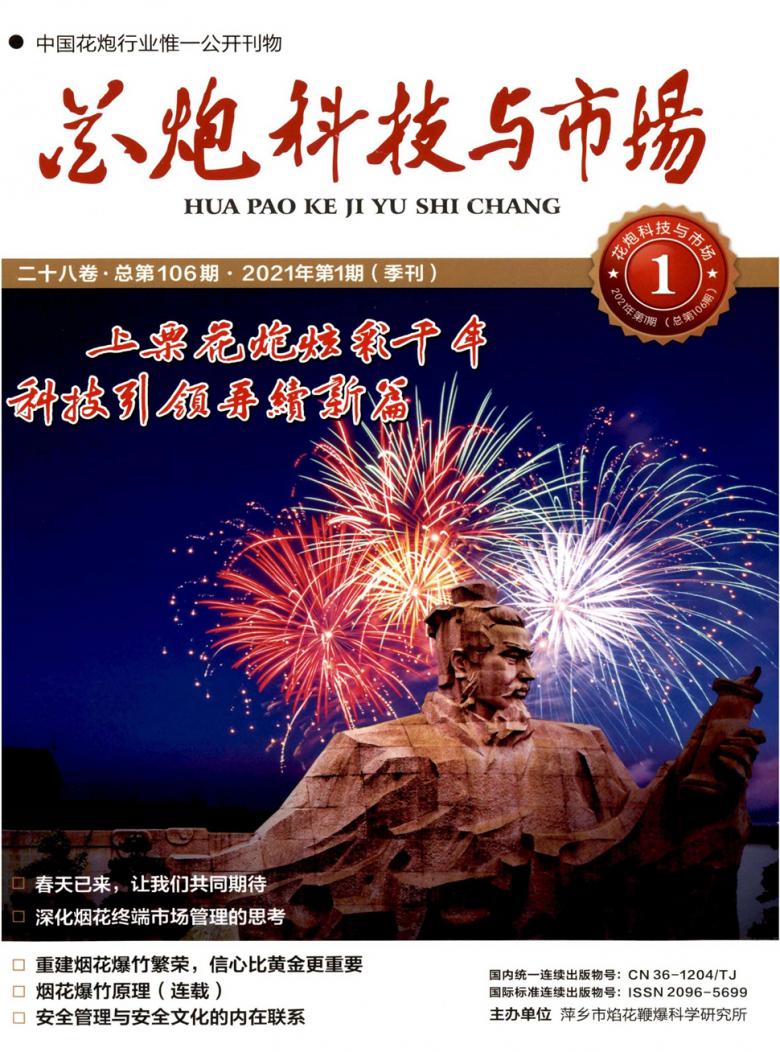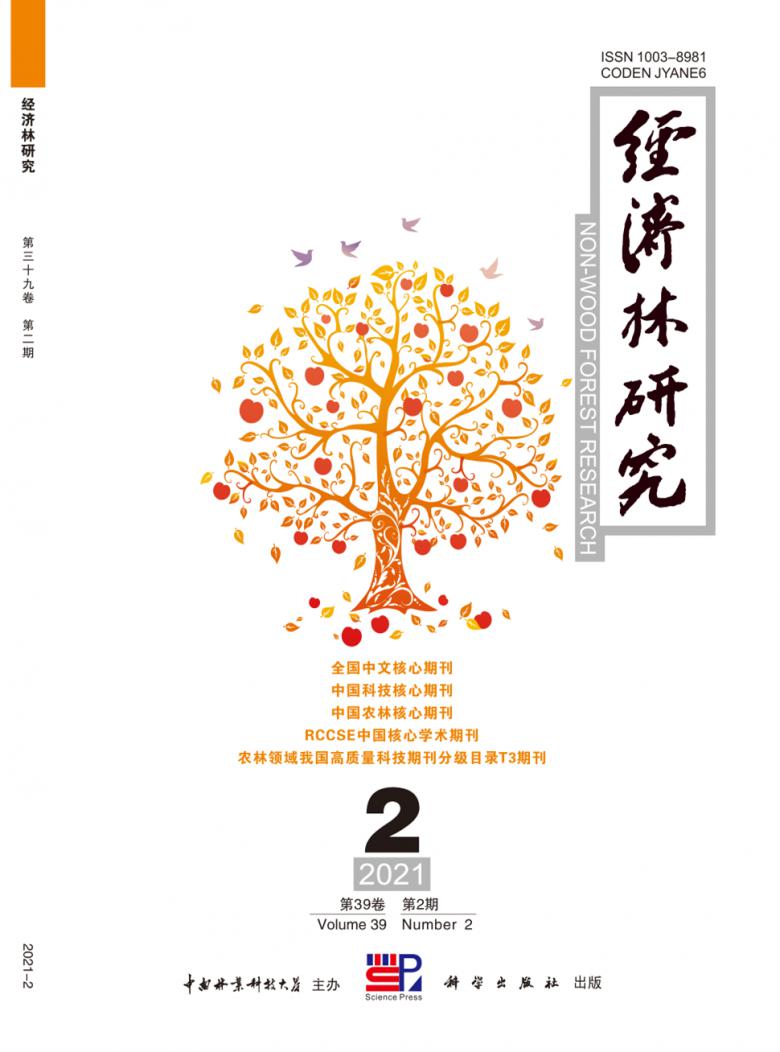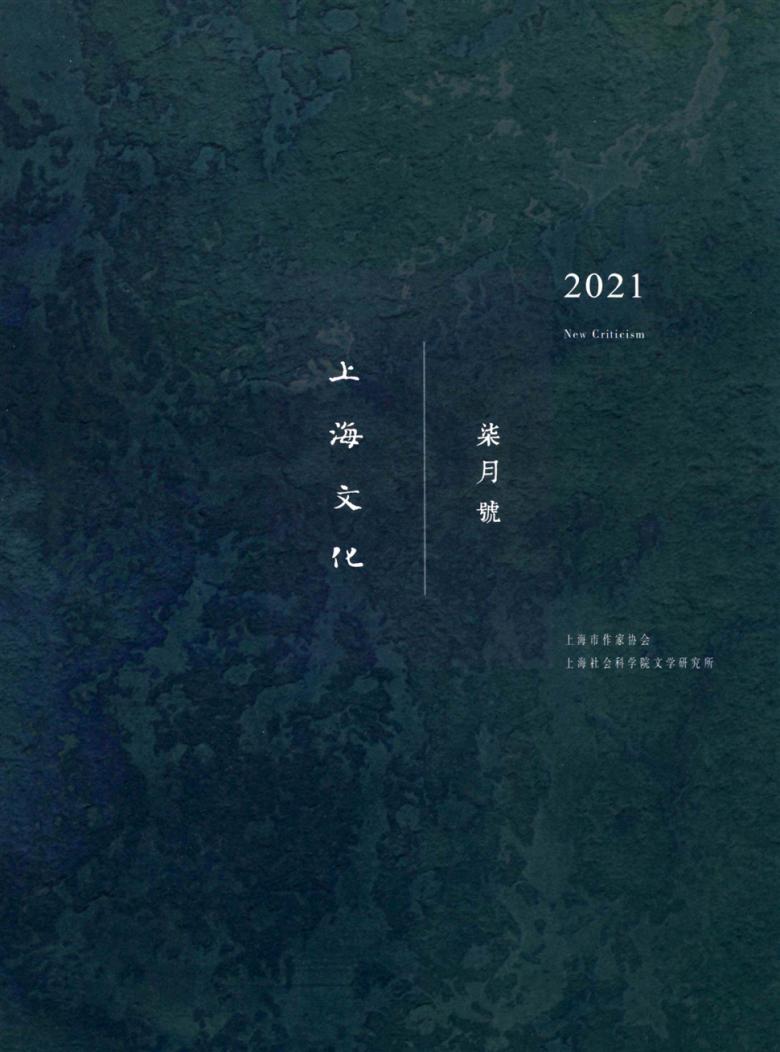广告英语中的模糊现象分析
佚名 2008-05-22
[Abstract] Advertising may be described as the science of arresting the human intelligence long enough to get money from it. It is thus clear that advertising has played a decisive role in today’s business world. The issue of whether advertising languages are attractive and persuasive or not has became the point of attention. So thorough and theoretical studies on language features of English advertising helps improve both the understanding and designing of successful advertisements. After a brief introduction to advertising, advertising language, fuzziness and fuzzy linguistics, the thesis is focused on the linguistic realizations of fuzziness in advertising English from the following two perspectives: the semantic realization and rhetorical devices. In the semantic analysis, fuzzy qualifiers, numerical fuzzy quantifiers, fuzzy verbs, descriptive adjectives and symbols and abbreviations are analyzed to reveal fuzzy nature that are used by advertisers to achieve their persuasive ends. While in the rhetorical devices, punning, metaphors, and euphemism which make language more vivid and create more boundless association and imagination are discussed. Then the thesis concludes with a brief summary of the article and points out the limitations of the study. [Key Words] advertising English; fuzziness; semantic and rhetorical analysis
【摘 要】 广告业被认为是一条通过耗尽人类智慧赚取钱财的科学之道。很明显,广告在今天的商业世界已发挥着举足轻重的作用。广告语言能否具有诱惑力和说服力已成为关注的焦点。因此对英语广告语言系统、全面地研究,可以提高对广告的理解,构想出成功的英语广告。论文在简短地对广告,广告语言,模糊性和模糊理论进行介绍之后,主要对以下两种模糊实现形式进行分析。一、语义模糊。这一类广告通过使用模糊限制词、模糊数量词、模糊动词、修饰性形容词以及符号和缩略语等具备模糊性的语言来突破日常行为的规范,使词语在表达字面意义的同时又暗示其多重含义,形成词语含义的未定性,激发了读者的联想和想象,吸引他们的注意并提起他们的兴趣,从而对广告本身的说服力起增强作用。二、修辞格(双关、暗喻、委婉语)的使用,使广告语言更具生动,引发读者无限的想象和联想。最后结论部分中,论文对主要概念和内容做出了总结,提出了全文的局限性。 【关键字】 广告英语;模糊性;语义和修辞分析
1. Introduction With the rapid development of the world economy and globalization, advertising has played a vital role in promoting sales, providing services and building images. Based on the fact that China remains lagging behind the west in both physical attraction and persuasiveness in advertising, thorough and theoretical studies on the language of advertising have become an urgent need. In our daily life, fuzzy language has been employed in communication on various occasions’ negotiation and public speaking. Though many linguists have been exploring fuzzy theory and fuzzy linguistics heavily, the understanding of fuzziness hasn’t been satisfactory and perfect. As a not well-established register, advertising English has its unique features compared with English for other purposes. Fuzziness function in advertising English plays a positive role in human communication. Through linguistic realizations of fuzziness in advertising English from semantic angle to rhetorical devices in the text, the purpose of the paper is to make people equip with a better manipulation of fuzzy advertising, so as to prepare them for producing more successful advertisements, then arousing people’s interest in ads, stimulating people’s needs of consumption, and enticing people to make purchase in products. 2. General ideas of advertising and its language What is advertising? What does advertising originate from? Why does it come into being? What is its language like? The following is going to explain them. 2.1 The definition and development of advertising In etymological studies, the word “advertise” in Middle English is spelt as “advertisen” meaning “to notify” and in old French as “advertir” or “advertises”. We find two records have the same explanation of “to notice”. Further studies rooted out its origin in Latin as “advertere”, meaning “a means used to draw attention from the public to something and lead them to some direction”. [1] Nowadays, the scholars from different countries hold different opinions about the explanation of advertising, but remaining the similar meaning basically. An explanation is widely accepted by American Marketing Association as following: Advertising is the nonpersonal communication of information usually paid for and usually persuasive in nature, about products, services or ideas through the various media. [2] It is not difficult for us to find out four components of advertising from the explanation above. First, advertising is directed to the general public rather than inpiduals. Second, the information conveyed by advertising can be commercial or non-commercial. (Commercial advertising seeks profits, while noncommercial advertising sponsored by government or nonprofit organizations is used to publicize the organization, seek donations or call for some actions beneficial to society.) Third, advertising reaches us through a channel of communication referred to as a medium, such as: TV, radio, newspapers, magazines and so on. Fourth, any advertising is launched by identified sponsors or organizations with a given purpose, either commercial advertising or public interests advertising. Indeed, advertising is the result of high degree of development of commodity economy. In order to make their goods sell well, tradesman and merchants tried every means to trigger the consumers to buy their products. Henry Sampson described the beginning of advertising in his work History of Advertising as below: There is little about that the desire among tradesmen and merchants to make good their wares have an existence almost as long as the customs of buying and selling, and it is but natured to suppose that advertisements in some shape or form have existed not only from time immemorial, but almost for all time. [3] Until now, with the rapid development of the world economy and the acceleration of globalization process, advertising has played a very important role in today’s business world. Advertising, with its persuasive function and taking action function, helps a business to create the products and corporate identities, not only realize the development of the business, but also increase the value of its goodwill, and win the confidence of the consumers. 2.2 Features of advertising language Since the advertising aims at drawing attention from the public and leading them to some direction, and thus the language of advertising is language that is used in efforts to persuade or otherwise entice people to purchase products or services. Toffler in his Future Shock approaches the language of advertising as a language of finely engineered, ruthlessly, purposeful messages, intending to trigger a special response from the consumers. This point of view is echoed by linguist Peter Trudgill, who said, “The wording of advertisements is, in most cases, carefully crafted to meet particular ends. Sometimes it is intended to inform, but more often, and more importantly, to persuade and influence.” [4] David Ogilvy also said, “Every word in the copy must count, advertise what is unique.” [5] In other words, the ultimate goal of advertising is to sell. Thus, advertisements must be presented with a type of language that is persuasive in nature, concise, vivid, visual, and with emotion and appeal, that is, the language of advertising conveys the most complicated meaning with the simplest language and is loaded with persuasive intentions for sales promotion or other purposes. Look at an example: “Romantic, Mysterious, Italian”. Three adjectives are put together, concise and sprightly, giving expression to deep connotation. Another example “Big thrills, Small bills”. This is an advertisement sponsored by the taxi center. Anyone enjoys the excitement to the largest extent as long as paying the less money. The word “big” stands in total contrast to the word “small”, the end syllable of the word “thrills’ and “bills” remains same, which creates a sense of rhythm. The cases below also explain the ideas above well. (1) Look again. A lifetime of perfect coordination. (CUSTOM EYES from Revlon) (2) Let the New York Times find you. (3) The benefit of foresight, the world in 1993. (4) So much flavor that you’ll never miss your high “tar cigarette.”[6] 3. Fuzziness From the advertisements in section 2.2,we can easily find that some unclear and vague expressions exist in the language of advertising. And the following is going to make a brief introduction about fuzziness. In our daily life, how many hairs must a man lose before he is determined to be bald? How many seconds make up a “moment”? How much money do you have to earn to be “rich”? When is a pile of sand a heap? We all agree that one grain of sand is not a heap but that a million grains is a heap. Somewhere in between the pile must change from “non-heap” to “heap”. These indeterminate concepts are hard to logically define, and usually are changed, as the variation of time, place and people groups. For example, “ She is a pretty girl.” Maybe we need not to know how beautiful she is, just in order to convey useful information “She is pretty.” Thus, vague statements are provided where a more precise statement is called for sometimes. Most importantly, humans seem to be able to communicate quite well using vague terms. Paul Therous ever trenchantly said, “Language is deceptive, and though English is subtle, it also allows a clever person with one alert to the ambiguities of English to play tricks with mock precision and to combine vagueness with politeness. English is perfect for diplomats and lovers.” Lakoff in his work also said, “ Some of the most interesting job is to make things fuzzier or less fuzzy. ” [7] Indeed, accuracy and determinacy of language occurs in the extreme, while uncertain and inaccurate language is often found here and there. Just based on the existence of uncertain objects and vague ideas, fuzzy language came into being. In spite of the unclearness, we seldom challenge the speaker to an exact explanation of the subject in question since these expressions are understandable and communicative enough in most cases. Thus, we can say, this intrinsic uncertainty in natural language is called fuzziness or vagueness .The following two definitions will help us have a clear mind of fuzziness. Max Black wrote in his Language and Philosophy that “Vagueness consists in the existence of objects concerning, which it is intrinsically impossible to say either the symbol in question does, or does not, apply”. [8] While Crystal defines fuzziness as a term derived from mathematics and used by some linguists to refer to the indeterminacy involved in the analysis of a linguistic unit or pattern. For example, several lexical items, it is argued, are best regarded as representing a semantic category that has an invariant core with a variable (or “fuzzy”) boundary, this allowing for flexibility of application to a wide range of entities, given the appropriate context. [9] For instance, the boundaries of cup and glass are difficult to be defined. Invariant core with a variable boundary had become the essence of fuzziness recognized by most investigators in this regard. To sum up, fuzziness can be defined as an indeterminacy or uncertainty of the borderline of the subject in question while fuzzy linguistics is a branch of linguistics that studies the intrinsic uncertainty or vagueness of the borderline of the linguistic units in a language. 4. Linguistic realizations of fuzziness in advertising English How does the language fuzziness function in the advertising after all? Perhaps linguistic realizations of fuzziness in advertising English can be analyzed from semantic as well as syntactical perspective, to rhetorical devices or other areas. And this text is focused on semantic and rhetorical realizations of fuzziness in advertising English. The purpose of this study of language fuzziness is to raise the level of awareness about the persuasive techniques expressed in the application of fuzzy language in ads. 4. 1 Semantic Realizations of Fuzziness Since fuzziness is embodied in many aspects of advertising, the article will focus on the verbal especially semantic realization of fuzziness, including fuzzy qualifier, numerical fuzzy quantifiers, fuzzy verbs, descriptive adjective and symbols and abbreviations. The diffused application of fuzzy language in advertisement is due to its conformity with the semantic features of advertising language. Advertisements with fuzzy language can easily arouse consumers’ interest and stimulate imagination and association of ideas. Hence, fuzzy language shortens the distance between consumers and advertisements, and entices people to make purchase. 4.1.1 Fuzzy qualifiers American Linguist George Lakoff in the early 1970s first proposed fuzzy qualifiers, which refers to some indeterminate words. It qualifiers the exact degree of the utterance and restricts the proposition in question to a certain scope; meanwhile, it also shows the speaker’s direct and subjective estimation upon the subject or indirect and objective attitudes by the third party. [10] Such fuzzy qualifiers are found in advertisements here and there. Examples of this kind are: a little, almost, some, really, more or less, to some extent, about, loosely speaking, roughly, I suppose, I think, it is said that, as is well known, etc. For example: (1) The new Nokia 8850, a very personal pleasure. (2) Chique only some women have it. (Chique化妆品) (3) Little wonder they don’t build cars like they used to, Building a pen is difficult enough. (Pike) (4) Extra taste, not extra calories. (食品) In example 1,the degree adverbial very is almost impossible to measure the exact degree of personal pleasure. We can’t draw the conclusion from the surface meaning. Example 2 the word some means the cosmetic is the patent of the cream of the women, which caters to the psychology of those fashionable women who uphold novelty. However, some refers to how many people participate in purchase, which depends on people’s different understanding. And in example 3 two words little and enough represent the fine crafts and unusual thinking which the manufacturer spent on producing pens, leaving the readers some room for imagination. Example 4,double use of the word extra, the delicious food with modest calories can’t spoil your figure. The information conveyed through fuzzy language accords with the consumption concept of modern people. 4.1.2 Numerical fuzzy quantifiers As we know, there are a number of ways being fuzzy about quantities in English. In particular, speakers have the option of either adding something to a precise number or numbers, or using a round number, or using a fuzzy quantifier. Whatever ways the speakers use, it all expresses an uncertain and indeterminate notion. When a number doesn’t refer to a real number, then it is just an imaginary number. This is one phenomena of semantic fuzziness in number. If numbers are used to refer to fuzzy meaning, then it will lose its numerical meaning, but represent imagery meaning. [11] Examples are presented as following: (1) In Taipei…1+1+1+1+1=one. (2) This Christmas surprises him with a dozen presents--- a year of GQ. (3) This year is twenty, and next year is eighteen. This is the mystery of Belie. ( Belie化妆品) Example 1 is the advertisement in Taipei World Trade Center. Why four 1 equals one, but not four? Originally the advertisement intends to entice the reader to read the body quickly and arouse their imagination. The equation 1+1+1+1+1=one realizes the shift from number to image, making the readers connect four 1 with the Center of Conference, the World Office, the Center of Exhibition, and Luxury Hotel in Taipei. In example 2, the phrase a dozen presents doesn’t refer to a real number, but an imagery number. And in example 3, the number indicates the function of the products makes people look younger. Now let’s look at non-numerical fuzzy quantifiers. Crystal and Davy initiated this new concept. Their analysis of large stretches of natural conversation data revealed the use of many non-numerical fuzzy quantifiers. English has a great many ways of quantifying without using number of any kind. For instance: several, lots of, masses of, bags of, heaps of, etc. Let’s take an example: We ‘ve hidden a garden full of vegetable where you’d never expect, in a pie. (食品) The word full of attracts the readers to the largest extent. Anyone wants to acquire nutritive food full of kinds of vegetable from a pie. Here, the use of the expression full of implies boundless fuzzy meaning.
Bibliography [1] 廖岸熙. 广告英语中模糊性的语言学分析[J]. 对外经济贸易大学,2003,7 P11 [2] 程瑜蓉. 广告英语导航[M]. 北京:中国科学技术大学出版社,2003,1 P2 [3] 转引自 王燕席. 广告英语一本通[M]. 北京:对外经济贸易大学出版社,2004,6 P2 [4] 转引自Vestergaard, T. and Schroder. K. The Language of Advertising [M]. Oxford: Basil Blackwell Ltd,1985 P1 [5] 转引自[3] P33 [6] 崔刚. 广告英语3000句---选萃.分析.欣赏[M]. 北京:北京理工大学出版社,1993,7 P49-90 [7] 转引自Joanna Channell. Vague Language[M]. 上海:外语教育出版社,2000,6 P1 [8] 转引自 季益广. 语言的模糊性及其应用[J]. 南京金融高等专科学校学报[J],1998,3 P70 [9] David Crystal. A Dictionary of Linguistics and Phonetics[M]. Oxford: Basil Blackwell Ltd,1991 P148 [10] 关家玲. 英语广告中词汇的模糊现象及语用功能探讨[J]. 中国矿业大学学报(社科版),2004,2 P143 [11] 转引自 钟守满,王凌. 广告英语模糊现象探析[J]. 山东外语教学,2000,(3) P24 [12] 谢朝霞. 浅析广告英语的语言特色[C]. 福建省外国语文学会2004年会论文集,2004 P156 [13] 转引自[1] P36 [14] 转引自[11] P24 [15] 同[10] P142 [16] Cuihua Feng. English Rhetorical Options[M]. 上海:Foreign Language Teaching and Research Press, 1995 P221 [17] 张翅鹏. 广告英语中的模糊现象[J]. 皖西学院学报,2004,4 P114 [18] 同[16] P207 [19] 言红兰. 商业广告英语的主要特点及语用分析[J]. 广西右江民族师专,2004,4 P85
